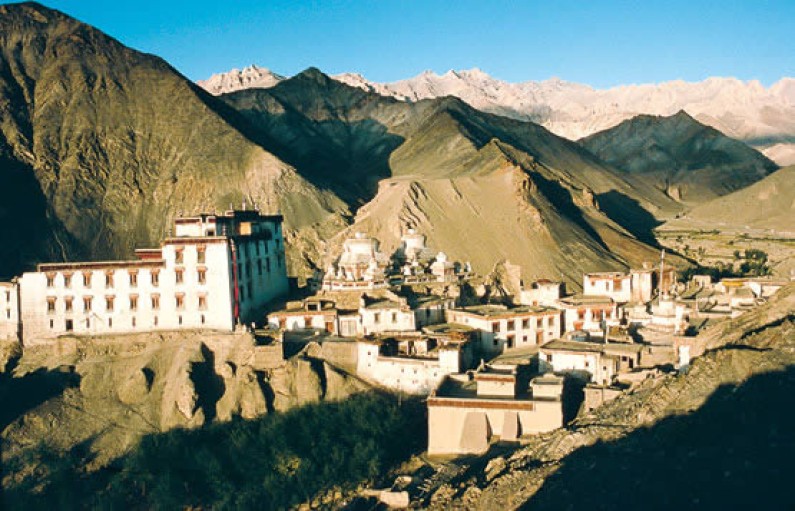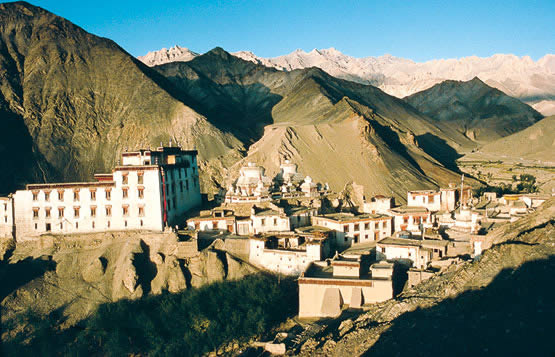

India-China border stand-off continues where it has been for the past 50 years despite Chinese and Indian political leadership visiting and signing many agreements. The last few months have witnessed an increase in incursions by Chinese military into western, middle and eastern sectors of India. The Indian political leadership attributes such incidents to difference of perception between India and China over the Line of Actual Control. This timidity emboldens China to enter again anytime anywhere and stake claim to the area. Regular political, diplomatic, and military talks about initiating confidence-building measures over the last three decades have delivered only pious advisories for India and many giveaways to China.
Ever since 1959, Beijing has questioned the legitimacy of the Indian perception of border in Ladakh in the western sector and Arunachal in the eastern sector while middle sector remained relatively calm except for the recent incursion in Barahoti area. China has constructed an all-weather high-altitude 1,200 km long road through strategically important Aksai Chin (western sector) that links Tibet with Sinkiang. China does not recognize the British demarcated McMahon Line, which delineates the border between Arunachal Pradesh and Tibet. China annexed Tibet in 1949 and India accorded acceptance in 2003.
Apart from raising field disputes, Beijing plays mind games with equal felicity. Just before the India visit by Chinese President Hu Jintao in November 2006, China described Arunachal Pradesh as Southern Tibet and staked claim to entire area. Similarly, the visit by Premier Li Kequing was vitiated by the armed face off lasting three weeks in Ladakh this April. Disparaging words from Chinese People’s Liberation Army (PLA) preceded the visit by Indian defense minister A.K.Anthony to China two months back.
While claiming an area, whether in the east or west, China cautions India to maintain peace and tranquility at the border. Has not time come for India to adopt a more active China policy for resolving the 4,000 km border (According to China the length of the border only 1600 km)?
China has also begun to nail India using Tibetan plateau as of strategic significance. Many rivers flowing into different countries originate there. Water table in the dry and cold north and east China has reportedly sunk to uneconomic levels. By building dams and canals across Yarlung Zangbo river in Tibet (known as Brahmaputra in India), Beijing wants to divert fresh water to her dry areas; unmindful that such activities will imperil the livelihood of those living in India’s northeast and Bangladesh.
While ethnic Tibetan populace seeking greater freedom is becoming restive with rising incidents of self-immolations, Beijing is responding threateningly claiming entire Arunachal Pradesh. Reacting angrily to New Delhi’s decision to station BrahMos supersonic cruise missiles in Arunachal Pradesh, India’s first offensive missiles deployment against any country, China blasted the action as ‘no match to its military.’
The root of bad-blood between India and China can be attributed to the shelter India provided to the Dalai Lama when he escaped from Tibet in 1959. The new leadership of China has recently lifted a 17-year ban on display of Dalai Lama’s photos in Tibet ostensibly to amplify policy liberalization but is decidedly meant to prevent further self-immolations that cause global outcries.
China says the Dalai Lama can help restore relations by renouncing calls for Tibet’s independence and accepting Tibet as a part of the country. The Chinese leadership is worried at the possible political instability when it imposes its nominee on the Tibetans after the Dalai Lama. While the older generation reveres the Dalai Lama and his call for peaceful protests, the GenNext, members of Tibetan Youth Congress may indulge in violent means to resist any imposition.
Because of close ethnic relationships between the residents living in Tibet and Arunachal, any eruption of violence in Tibet may vitiate atmosphere in Arunachal Pradesh: that may result in action by the Chinese military. Presumably, till the time Beijing has actually imposed its nominee as the Dalai Lama and Tibet is pacified beyond possibility of self-immolations, it is likely to maintain its claim on Arunachal Pradesh.
China demands India to hand over Tawang in Arunachal, which is the birth place of the sixth Dalai Lama. All discussions for settling border issues between India and China will likely cease only upon completion of “installation of a Beijing-selected Dalai Lama and peace in Tibet.” China then will likely recognize Arunachal Pradesh as a part of India.
Opinion and Blog By Binay Srivastava


